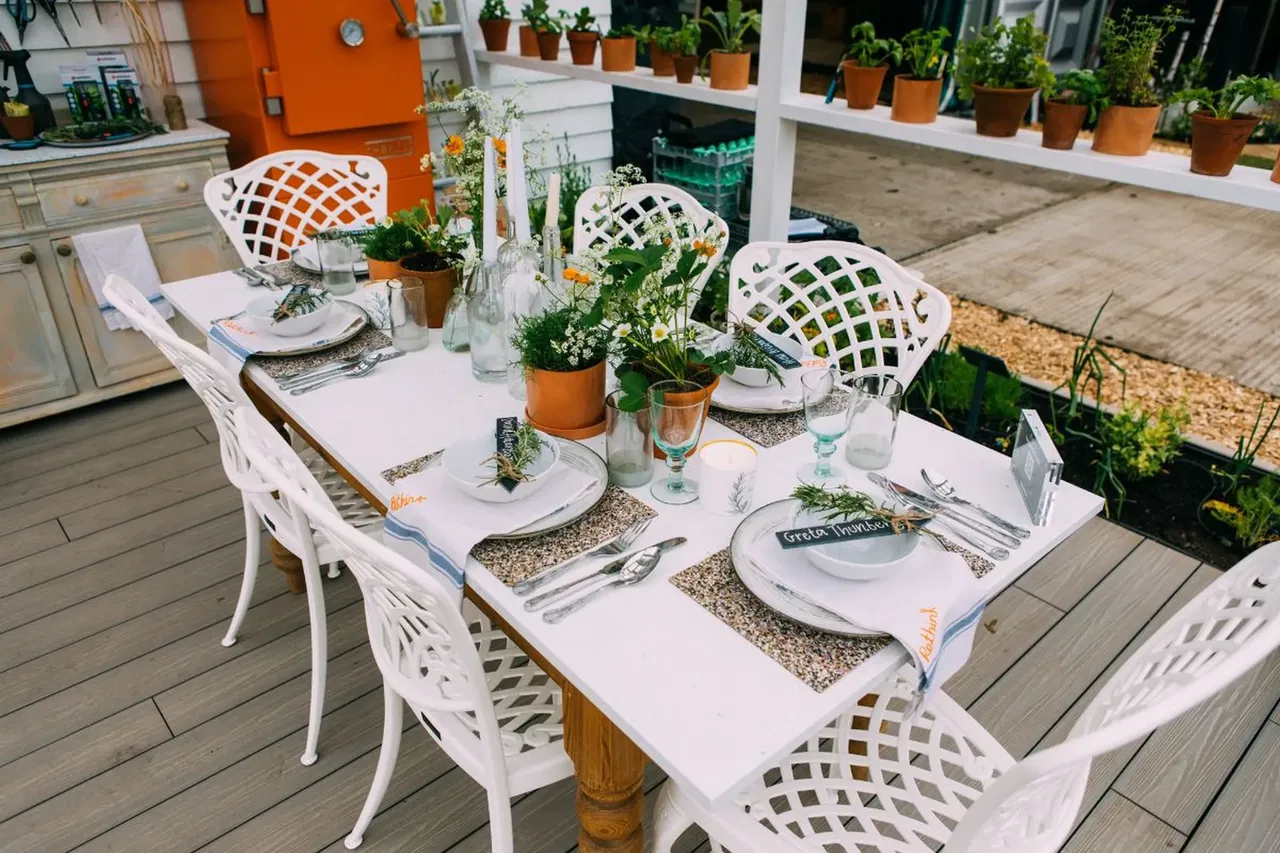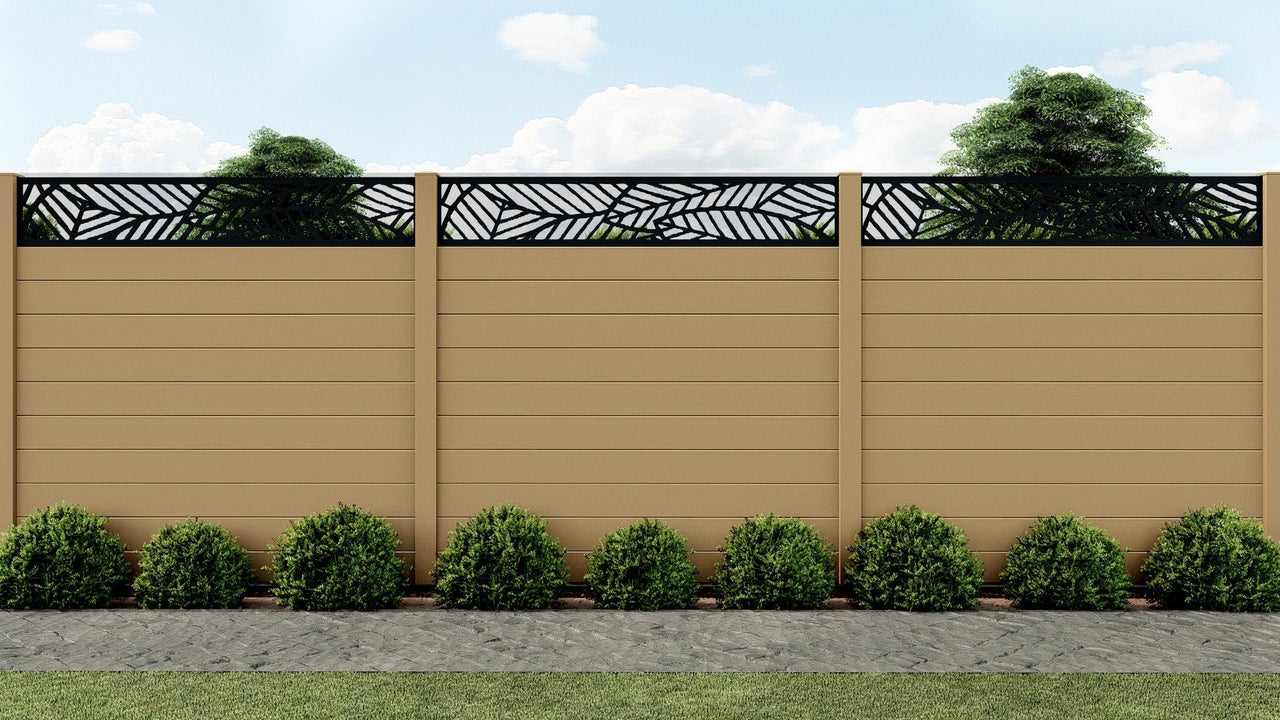
Luxury Garden Decking
Sustainable, high-end flooring with Explorer Silver Birch boards to elevate an eco-conscious garden design.
Project Size
63 m²
Location
Chelsea
Featured Product
Explorer Silver Birch Decking
Designer
Selecting Silver Birch Explorer Decking for a Sustainable Luxury Garden
Lynne wanted a flooring solution that was both visually elegant and low maintenance, aligning with her ethos of sustainable design. She chose Silver Birch Explorer composite decking for its clean, light tones, its high recycled content and its compatibility with her vision of bright garden accents and white furniture. The boards integrate effortlessly, giving a refined base to contrast with lush planting and salvaged architectural elements.
Call to Action

Performance, Aesthetics & Eco Credentials in Harmony
Beyond aesthetics, the Silver Birch Explorer decking offers durability, resistance to weathering, and longevity without constant upkeep. Lynne praised EnviroBuild’s commitment to sustainability, saying they prioritize “planet and purpose” in their materials. This project achieved a balance: a luxurious garden feel, with strong eco credentials and the ease of a maintenance-free composite surface.
Call to Action

“It is an incredible privilege to be able to use EnviroBuild’s latest products in my upcoming design. Not only is their Explorer decking very sleek and beautiful, it is also environmentally friendly and sustainable, something that we should all strive to use.”
— Lynne Lambourne, Garden Designer
More Case Studies
Inspiration and ideas from other projects.
Back to Decking Case Studies





























